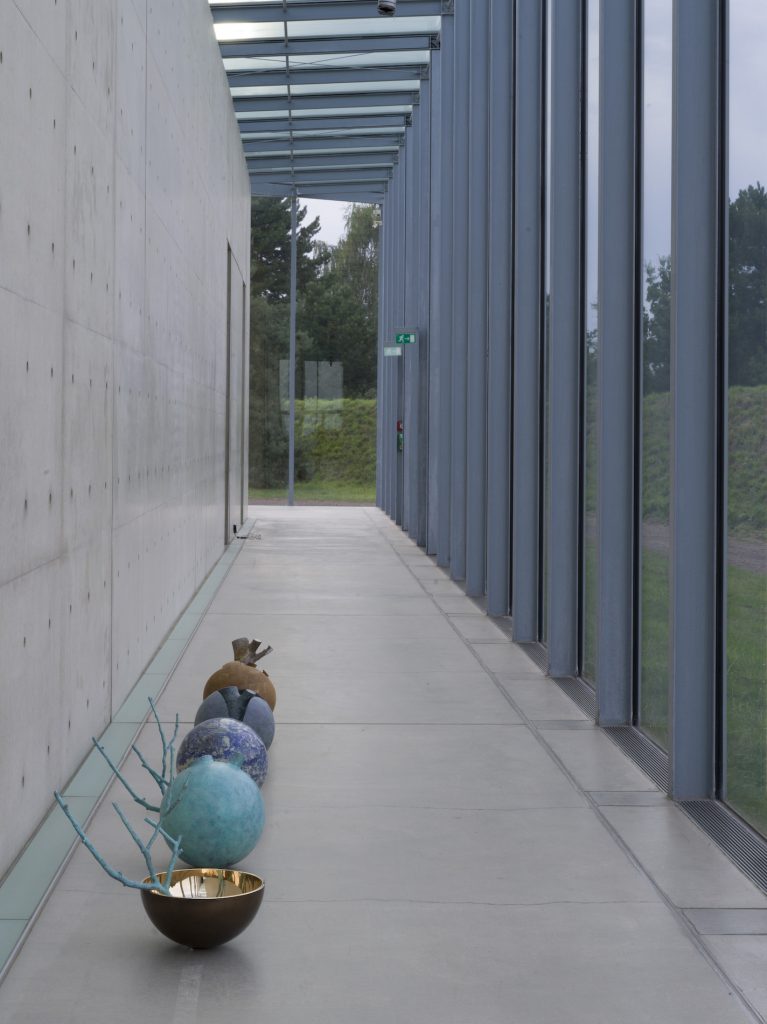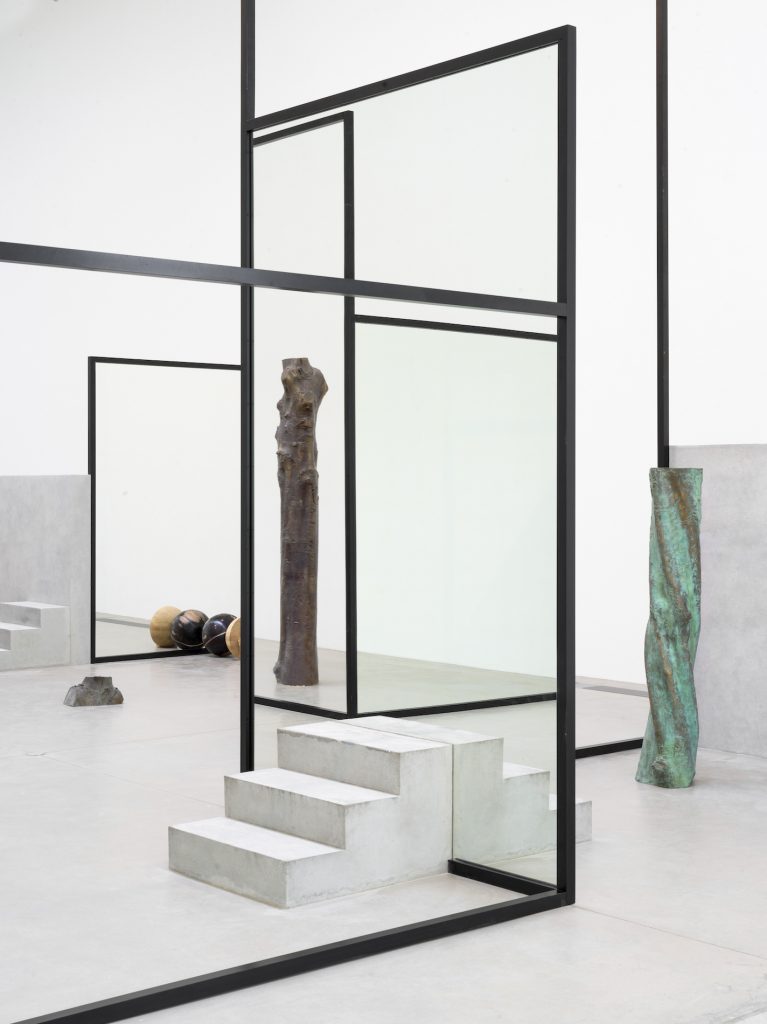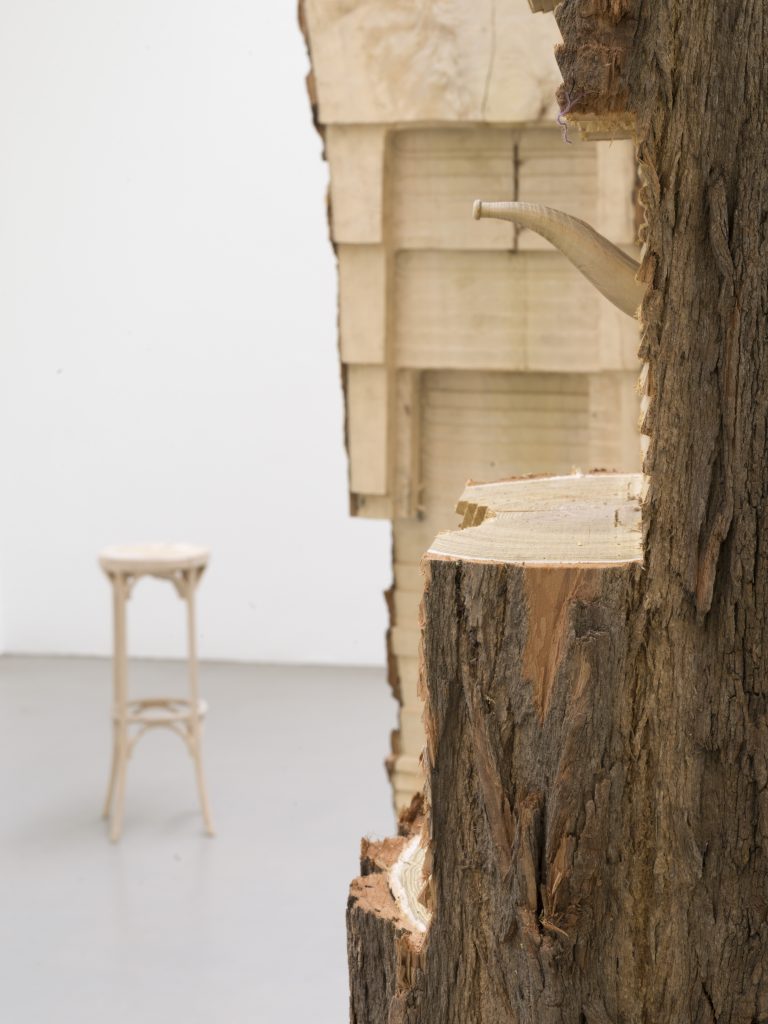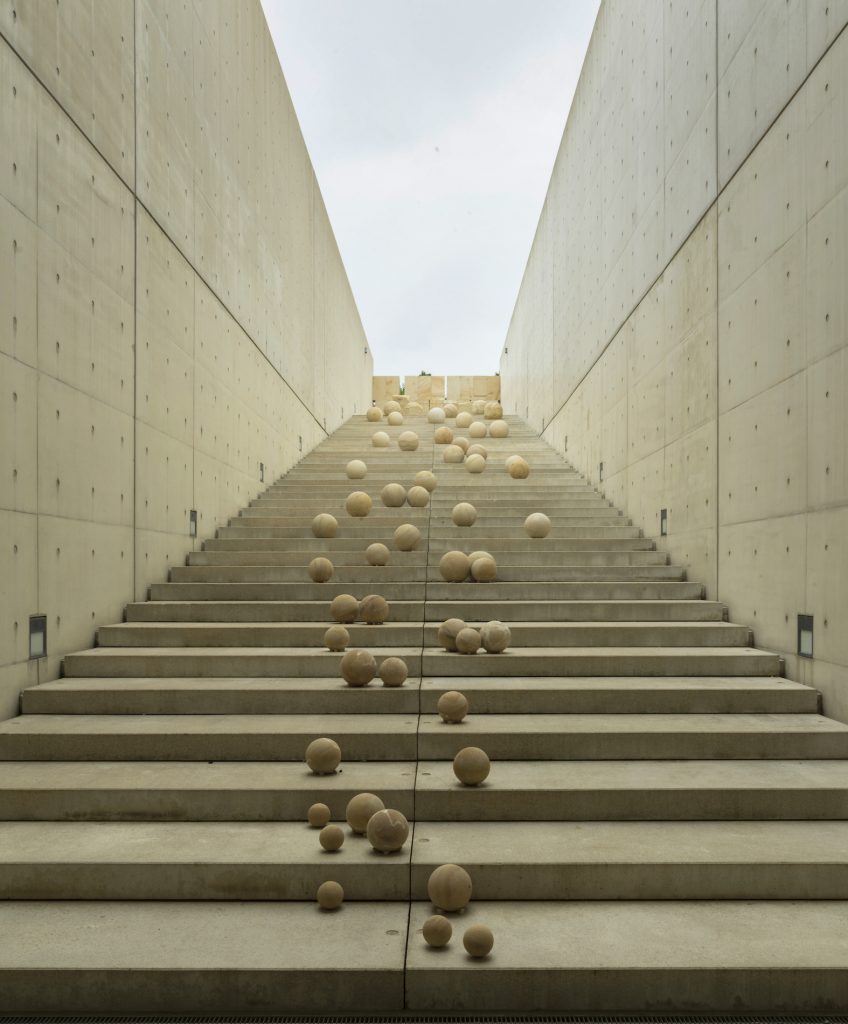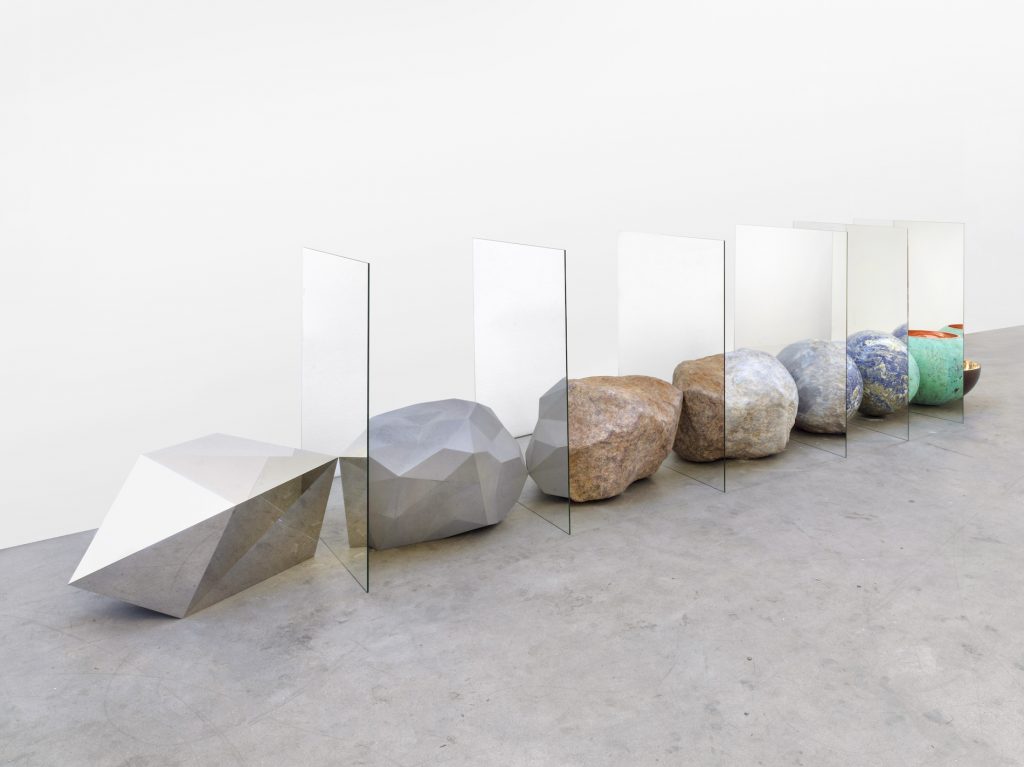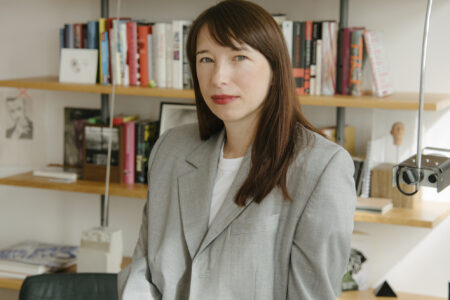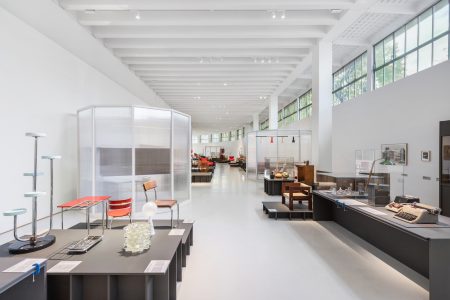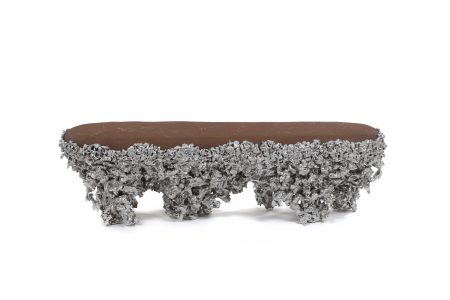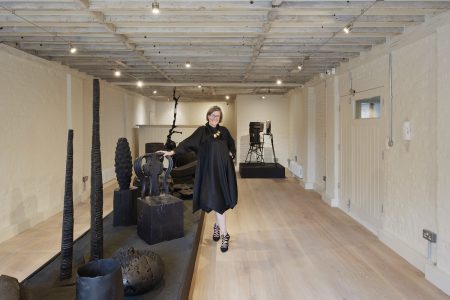
The Material Magician: Alicja Kwade
TLmag sits down with artist Alicja Kwade to speak of her work, choices of material, and material illusions, including her show ‘Kausalkonsequenz’.
Can a clock that goes both forwards and backwards still be a useful clock? Can stone be bent by metal? Is a reflection of a rock, part of the real rock? On paper, the answers to these questions would, unequivocally, be no. But, when confronted with the works of artist Alicja Kwade, you may not be so sure. Through material illusions and large-scale, site-specific sculptures, Kwade destabilises her audiences’ sense of their own certainty and prompts them to question what is real.
In our post-truth era, perhaps one of the most valuable assets individuals can have is an openness to changing their minds. To navigate the world today we must understand that reality is warped and shaped by the conditions surrounding it and interrogate everything we see. Kwade’s large-scale artworks invite us to look closer and spend time with our immediate confusion and to puzzle things out.
TLmag: You create material illusions in many of your sculptures – solid objects seem to bend and rough surfaces are reflected back smooth – what interests you about playing with how and what we see?
Alicja Kwade: It is important to form your own opinions. Depending on the angle from which you observe the world, it will always look different. And because it is so easy to trick and be deceived, and it is so useless to believe anything.
TLmag: This idea of deception comes across in Achairisatreeisachair (2017). Often the realities of where our mass-produced objects come from are obscured by the conditions of consumerism and marketing…
AK: Yes, Achairisatreeisachair is about drawing attention to what things actually are. It asks: When does an object becomes an object? What constitutes its value? What is its social use? etc. Objects do not exist independently of us, they only exist through us and our definitions, it is important to be aware of that. A chair is also a tree, a tree is also a chair…
TLmag: Your work is intricate but also large scale. It must require a significant amount of time and energy. What value do you find in the making process?
AK: Creating an artwork is often very arduous and exhausting. It requires a lot of perseverance but, in the best-case scenario, you shouldn’t feel the work or effort, it should happen like a miracle or a bit of magic that works by itself. On my way to each piece of art, I learn a lot about working with new materials, my modes of expression and whether I have managed to express myself exactly as I want or not. Every work is a learning process for me. I also like to work a lot and very quickly, that inspires me and gives rise to new ideas. Slowness and standstill wipe me and my work out.
TLmag: It is interesting that speed is an integral part of your practice as many of your works deal with themes of time and how it passes. The Against the Run clocks, which you have produced multiple versions of since 2015, run backwards and forwards, simultaneously telling the time and destroying it. What is your relationship with time?
AK: I have mixed feelings here… On the one hand, I don’t like “time” very much. I don’t think anyone does, because time, or the effect it has on us – that we age and die – is not exactly in our favour. Humans are self-centred so we are afraid of time and naively romanticise it. On the other hand, I love time because it can make us humble and aware of our smallness since we cannot understand it and never will. Time does not care about us at all.
TLmag: You recently opened the exhibition Kausalkonsequenz [Casual Consequence] at the Langen Foundation in Germany. How does this exhibition play with the audience’s perceptions?
AK: There are many works in it and most of them are a summary of singular parts which reveal themselves physically. By walking through or along the sculptures you experience them and, only then, the sum of their parts combine to make the work. I have tried to break a causal chain in this exhibiton: everything is readable from both sides, and thus everything is “beginning” and “ending” and vice versa.
Kausalkonsequenz [Casual Consequence] at the Langen Foundation is on view from September 6th 2020 – April 2021.
This article republished from TLmag 34 Extended: Precious A Geology of Being.
